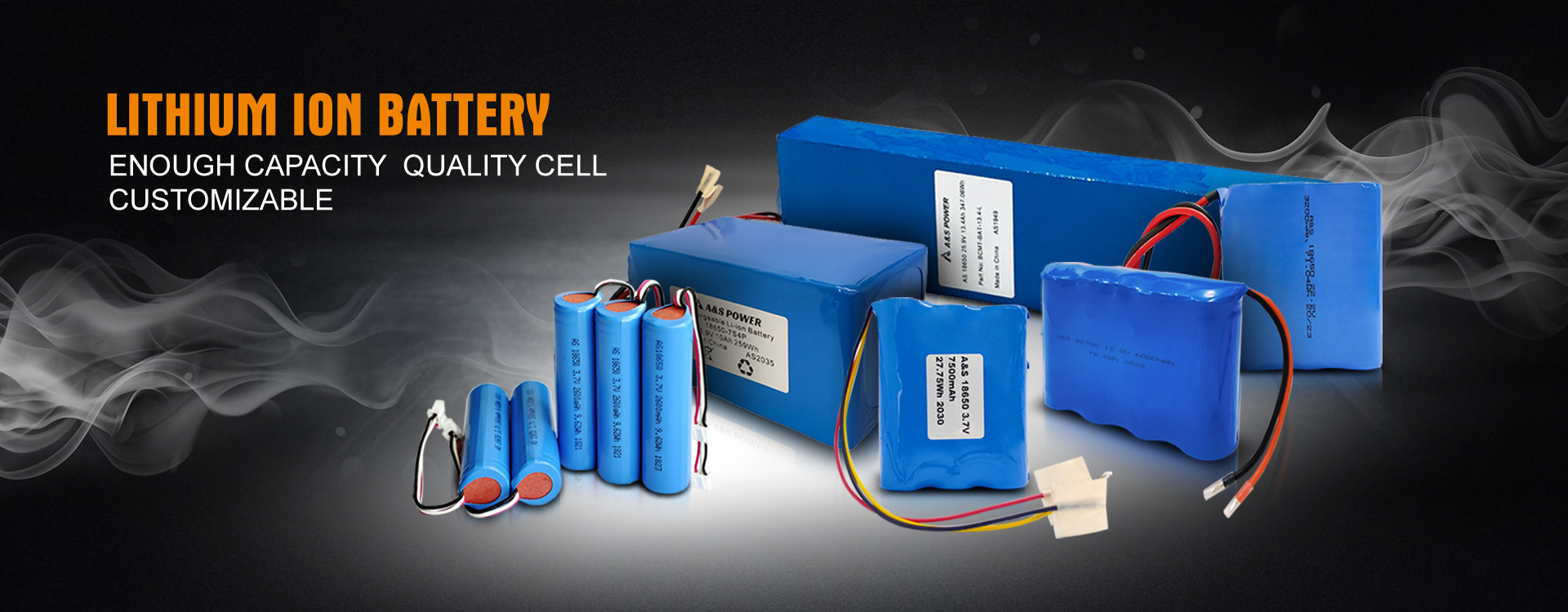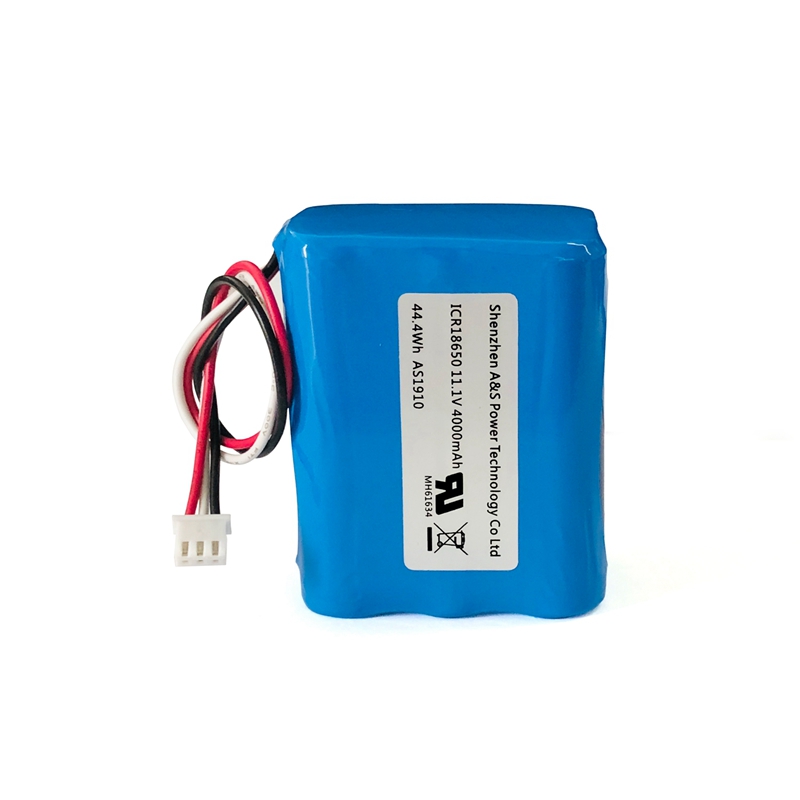The cause of lithium-ion battery bulge
2021-07-15
The cause of lithium-ion battery bulge
Analysis of the basic structure of lithium battery pack:
Main materials of lithium battery: cathode material, anode material, electrolyte, diaphragm (isolation material)
Simple battery structure
The anode
From the perspective of battery weight composition, cathode materials account for a large proportion (generally 70%~80%), because the performance of cathode materials directly affects the performance of lithium-ion batteries, and its cost also directly determines the cost of batteries.Cathode materials account for 30%~40% of the cost of lithium-ion batteries, which also directly affect the energy density and performance of lithium battery packs.
The cathode
The anode material is composed of a material with a lower potential relative to the positive electrode, and has a high specific capacity and good charge-discharge reversibility, thus maintaining good dimensional and mechanical stability (without serious deformation) during the process of lithium intercalation.Anode material mainly affects the efficiency and cycling performance of lithium battery, and the performance of anode material also directly affects the performance of lithium battery. Anode material accounts for about 10~20% of the total cost of lithium battery.Anode material types, including carbon system negative, non-carbon negative.
The electrolyte
The electrolyte plays the role of transport charge between the positive and negative electrode (similar to the carrier in the radio), has a high ionic conductivity, which should generally reach 1X10-3 ~ 2X10-2S /cm.It affects the energy density, wide temperature application, cycle life, power density, safety performance and other factors of lithium battery pack.
The diaphragm
The diaphragm has a certain aperture and porosity to ensure low resistance and high ionic conductivity. It has a good permeability to lithium ions, good infiltration to electrolyte and enough absorbency and moisture retention. It maintains ionic conductivity and has electronic insulation to ensure mechanical isolation of positive and negative electrodes.In addition, it should have sufficient puncture strength, tensile strength and other mechanical properties, corrosion resistance of electrolyte and sufficient electrochemical stability.Power batteries have higher requirements on the diaphragm, and composite membrane is usually used.
How lithium batteries work?
Lithium-ion battery is a kind of rechargeable battery, which mainly relies on the return insertion and deinsertion of lithium ions between the positive electrode and the negative electrode to achieve the storage and release of energy.
1. Charging process
The electric field drives the lithium ions out of the positive lattice, through the electrolyte, and into the negative lattice.
If the voltage is lower than 3V, pre-charging shall be carried out first. The charging current is 1/10 of the set current. After the voltage rises to 3V, the standard charging process shall be entered.The standard charging process is as follows: constant current charging is carried out with the set current. When the battery voltage rises to 4.20V, it is changed to constant voltage charging and the charging voltage is kept at 4.20V.At this point, the charging current decreases gradually, and when the current drops to 1/10 of the set charging current, the charging ends.This is a common process of lithium battery charging. If the lithium battery exists in the smart device, its charging mode will be controlled by the smart device software.
2. Discharge process
The discharge process is just the opposite of the charging process. The lithium ions return to the positive electrode under the action of the electric field, and the electrons arrive at the positive electrode through the external circuit and recombine with the lithium ions.When the battery discharges, electrons on the negative end of the battery run from the external circuit to the positive end, and the positive lithium ion Li+ "jumps" into the electrolyte from the negative end, "crawls" through the small curved holes in the membrane, "swims" to the positive end, and bonds with the electrons that have already come.
By understanding the charge and discharge process of lithium battery, we can understand from the micro level, the capacity of the battery is actually the amount of charge contained in the battery.The higher the current, the faster the discharge rate, and the shorter the battery life.
Why does the battery bulge in normal use or for a long time without use?
There are two kinds of bulging phenomenon in the process of charging and discharging:
1.Bulge caused by overcharging
Overcharging causes all the lithium atoms in the anode material to escape into the cathode material, causing the full grid of the anode to deform and collapse, which is also a major reason for the decline of lithium battery power.In this process, the lithium ions in the negative electrode accumulate, and the excess accumulation causes the lithium atoms to grow into tree stumps, which causes the battery to swell.
2. Bulge caused by over-placing
In the first charge and discharge process of liquid lithium-ion battery, the electrode material reacts with the electrolyte at the solid-liquid interface, forming a passivation layer covering the surface of the electrode material.Form the passivation layer film can effectively prevent the electrolyte molecules through, but Li + can freely through the passivation layer embedded and emergence, has the characteristics of the solid electrolyte, so this layer of passivation film is called "solid electrolyte interfacial film" (solidelectrolyteinterface), hereinafter referred to as SEI.SEI film can protect the anode material, prevent the material structure from collapsing easily, and increase the cycle life of the electrode material.SEI film is not invariable, there will be a little change in the process of charge and discharge, mainly part of the organic matter will have a reversible change.After excessive discharge, the SEI film will be reversible broken, and the SEI which protects the anode material will collapse, resulting in bulge.












